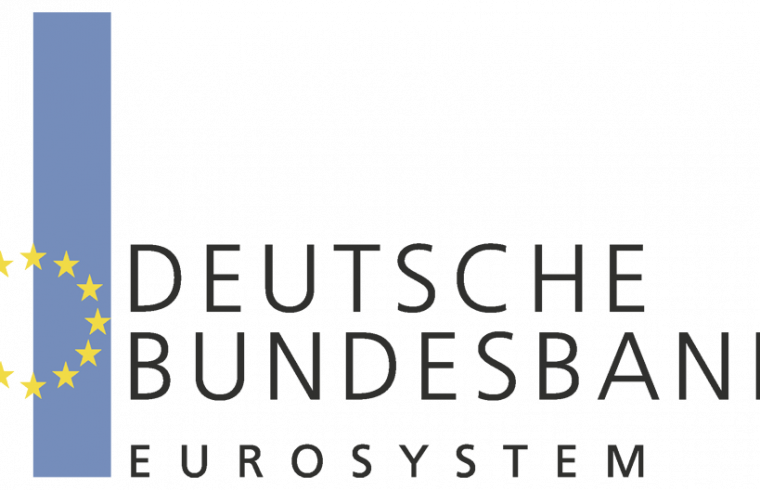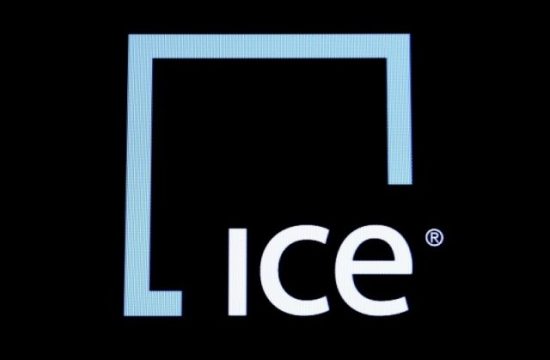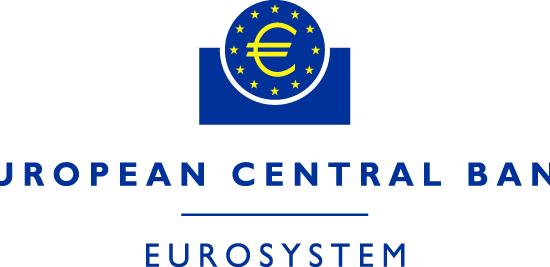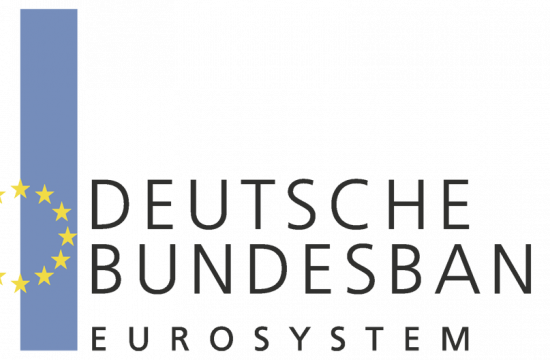Introduction
Dear students,
Ladies and gentlemen,
Many thanks for inviting me here to speak at your prestigious institution.
The University of Stellenbosch is one of the finest in Africa, and it boasts an impressive heritage. For last year’s centennial, a simple but effective motto was chosen: “forward together”.
I am sure every one of you will have a different understanding of what this actually means. And do not worry, I do not intend to lecture you on moral philosophy today.
But as students and researchers at a university with an active research agenda focusing on socio-economic issues, I am sure we can take two elements of forward together as our starting point for today’s discussion.
First, forward together means being supportive of one another both now and in the future.
Second, forward together means acknowledging one another’s individual characteristics.
As the member of the Executive Board of the Deutsche Bundesbank responsible for cash management, I am not sure whether this spirit of forward together is shared by all.
Cash is seen as a curse at times, or even as something to go to war with. Cash usage in Germany continues to be high by international standards. Still, from the conversations I have had with people about the future of cash, there is occasionally this inherent feeling that it may be only a matter of time until cash would finally disappear in Germany, until it may be replaced by something digital and more modern.
In my view, though, this begs several questions. Are we sure that the benefits of such a radical move would outweigh the costs? Do we know exactly how to operate such fundamentally different monetary systems? At present, the answers to those basic questions remain vague.

Of course, in today’s digital era, the financial economy is changing. Digital payment instruments have come onto the scene. NFC technologies allow for contactless payments. Blockchains and distributed ledger technologies are challenging the conventional notion of currencies.
Technological progress may be non-linear. Many innovations are only in their infancy. No one can foresee what the world of payments will look like in the long term.
Libra is the elephant in the room. But several regulatory concerns remain. We do not know yet what Libra will look like in detail. Provided Libra goes ahead as announced by the Consortium, a whole range of scenarios are conceivable: Libra could stir up the global financial system as we know it today. However, it could also become a niche product, confined to the realm of person-to-person (P2P) transactions.
I do not want to speculate about the future. Instead, let us focus for today on the very idea of the social network that is behind both Libra as well as payments more generally.
2 Cash as a social network
Monetary economies work on trust. Building trust takes time and it requires credibility.
In the world of central banking, the Bundesbank has built up a considerable reputation and amassed a significant amount of technical expertise over its more than 60 years of existence.
Trust is of particular importance when it comes to monetary policy. Consumers and businesses will only carry on using a fiat currency if they are convinced that its value will remain stable. Hence, general acceptance of a currency strongly rests on credible monetary policy.
More generally, trust is born out of social interaction. This relates to personal relationships or – from a more abstract point of view – the interactions between economic agents.
The importance of social networks is particularly evident in payment systems. For example, people want to give monetary reward to others. This could be for charitable reasons or simply to settle an “open tab” with friends in the pub around the corner.
Households value the fact that cash is universally accepted. As a central bank, it is one of our main operational tasks to provide an adequate supply of physical euro banknotes and coins in line with household demand. We ensure that the cash handled by households and businesses on a day-to-day basis is of high quality. That means banknotes are clean and fit for use. This also involves research into new production techniques. We collaborate closely with other central banks in the euro area to continuously optimise processes relating to the production and distribution of cash.
This is of particular importance in view of the fact that the payments landscape in Europe remains fragmented. Cash remains the only truly universal means of payment in the euro area. This makes cash the obvious choice for payments from person to person, at least domestically. A Bundesbank study on payment behaviour in Germany suggests that nine out of ten P2P transactions in euro are made in cash.1
3 Cash and remittances
Ladies and gentlemen,
The German economy is a net exporter of euro banknotes both to the rest of the euro area and non-euro area countries. According to our estimates, more than 40% of the Bundesbank’s cumulative net issuance leaves the euro area altogether.
What are the main drivers behind this? Conventional decompositions suggest that two channels are of particular importance: first, net shipments from international banknote wholesalers, and, second, tourists using banknotes to cover their travel expenses.
However, with the increase in labour mobility, a third channel may have come to the fore which relates to the link between migration flows and remittances. There is evidence to suggest that, for example, estimates of the amount of US currency held abroad are affected by remittance flows.2
Workers base their individual decision to migrate on a simple cost-benefit analysis: the income benefits from migrating should outweigh the social and economic costs of moving. In the spirit of forward together, immigrants tend to use a portion of their income earned abroad to support their families at home.
The value of remittances worldwide is on the rise. Unlike foreign direct investment, these flows are driven less by risk and return but more by altruism and care for one other. Remittance flows are relatively resilient – at times even moving in a countercyclical manner.
There are two views as to how remittance flows may also affect economic policies. On the one hand, as a driver of economic development, they may play an important role in reducing absolute poverty and income inequalities in the recipient country. On the other hand, there is the danger of excessively relying on remittance flows. There is evidence to suggest that incentives for structural reforms may weaken as a result.3
From a payments point of view, remittances are cross-border P2P transactions.
This implies that households need to have a reliable infrastructure at their disposal. In many cases, households will turn to non-cash systems. Nevertheless, individual preferences and providers’ transaction costs vary.
Cash does play a role in this too.
Informal cash transfers across borders could occur, for instance, when the receiving country is in close geographical proximity. But there are also several well-established formal channels. Money transfer operators, for example, tend to accept physical cash payments by the sender, even if they then pass on the payment information in electronic form. There are specialised providers of this sort – hellopaisa is one such example in South Africa.
To me this shows that, just like in the payment system as a whole, cash and non-cash options may well co-exist in the area of remittances, too.
4 Conclusion
Ladies and gentlemen,
The Bundesbank regularly organises the International Cash Conference with researchers from all over the world. This year, too, we saw an active research agenda in the field of cash. This is something that I find important.
Academic research has to look deeper, trying to understand the different functions of payment methods. There are benefits and limitations to every single one of them.
That is why we gave this year’s conference the title “cash in the age of payment diversity”. Diversity means accepting one another’s individual characteristics. Accepting diversity lays the groundwork for co-existence.
This was our way of saying: forward together.
Thank you.











